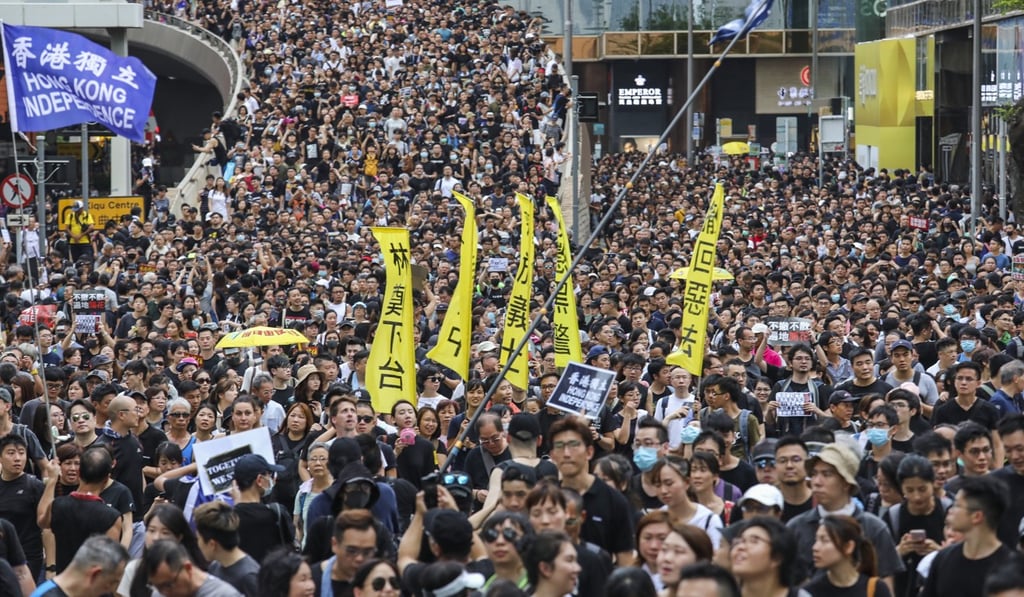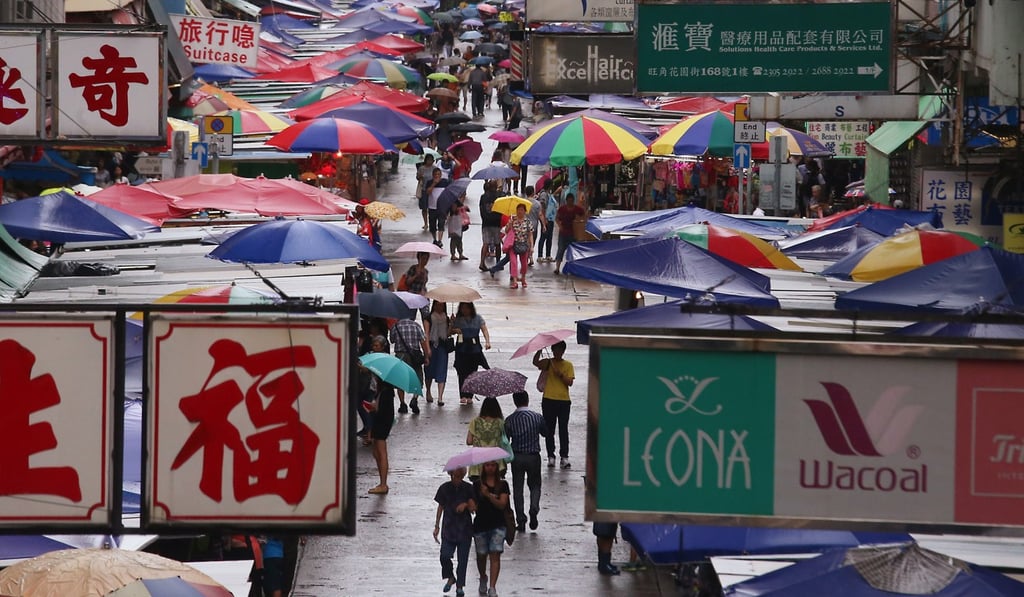The difference between a Kowloon extradition bill protest and one on Hong Kong Island: it’s more than just fishballs
- Internet users pore over why Sunday’s mass protest did not last late into the night, unlike on previous occasions on the other side of Victoria Harbour
- While Tamar in Admiralty is the political heart, Kowloon embodies much of city’s character and history

“This is a time for Kowloon people to be proud!” Vivian Chiu Ma-yan, 34, a Facebook user in Hong Kong, said on her page last week. “Finally, this time we don’t need to hop across the harbour to join a protest!”
She was referring to last Sunday’s mass rally against the now-suspended extradition bill – the first one on the Kowloon side of Victoria Harbour.

While Hong Kong Island holds the administrative centre where government buildings and the chief executive’s official residence are located, Kowloon contains much of the character of Hong Kong, with its old shophouses, arts and entertainment zones, as well as flashing neon lights, a stark contrast to the cold, gleaming steel and glass across the water.

On Sunday, an estimated 230,000 marchers showed up against the hated extradition bill, while police said the rally peaked at 56,000. Whatever the figure, it was still many times over the initial 2,000 expected.
The march kicked off at the popular Tsim Sha Tsui commercial district and ended at the West Kowloon terminus of the high-speed rail link to Guangzhou. Along the way, thousands spilled into lanes branching from Nathan Road.